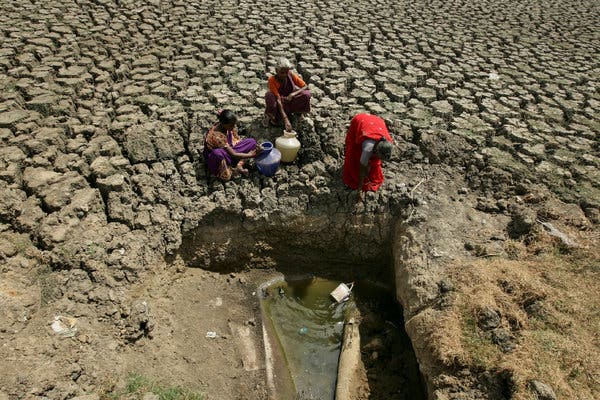Effects of Global Warming Include….

This piece in National Geographic takes on this subject, and describes how the combination of heat and humidity represents a lethal situation that will be affecting Americans in the very near future. At issue is the fact that the human body cools itself by the evaporation of sweat, and when that process cannot happen with sufficient speed the body succumbs; this is what is already taking lives in Europe and Asia.
On a more technical level, the wet-bulb temperature (wbt), the temperature of a parcel of air cooled to saturation (100% relative humidity) by the evaporation of water into it, with the heat supplied by the parcel. The room in which I’m writing this is about 75°F and about 45% relative humidity. If I closed the door and windows and used the heat in the air to evaporate all the water in the air, the temperature (wet bulb) would be about 61°F (calculator here), which is quite comfortable.
There is an upper limit to humans’ capacity to adapt to high WBTs, which is somewhere around 95°F ; the survivability threshold is reached when the air temperature climbs past that point and the humidity is above 90 percent. Higher temperatures require less humidity to become deadly, so when the air temperature is 100°F, the wet-bulb survivability threshold is reached when humidity hits 85 percent.
